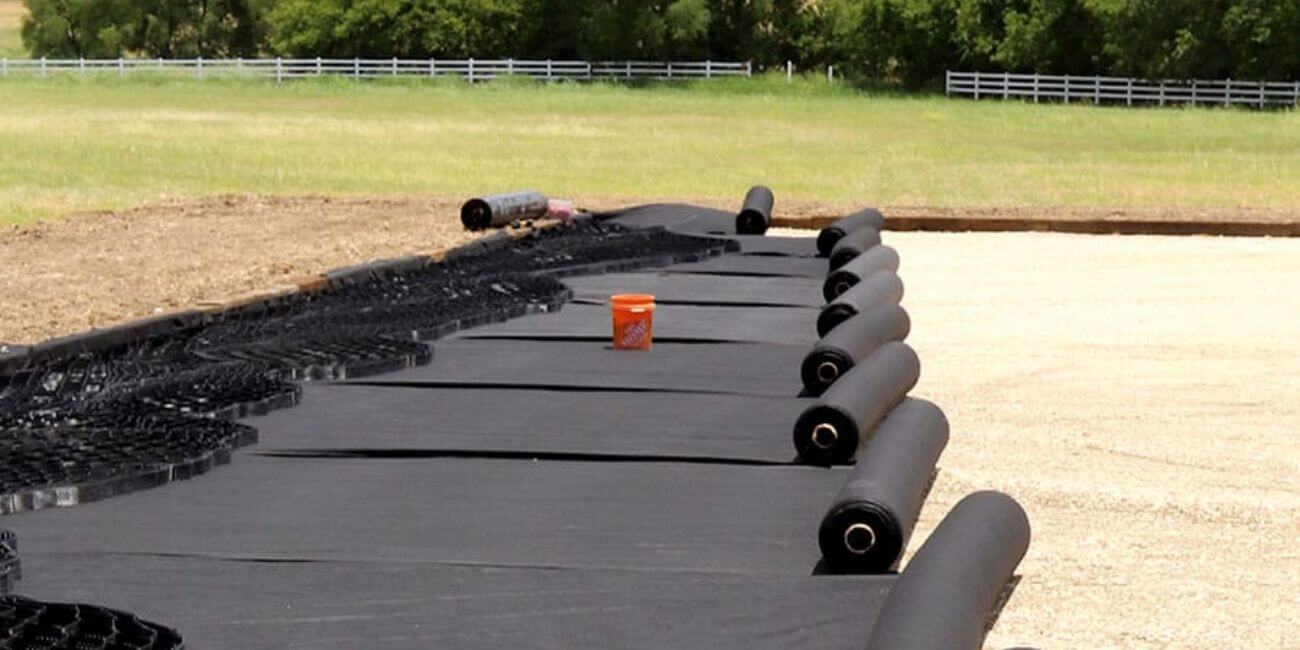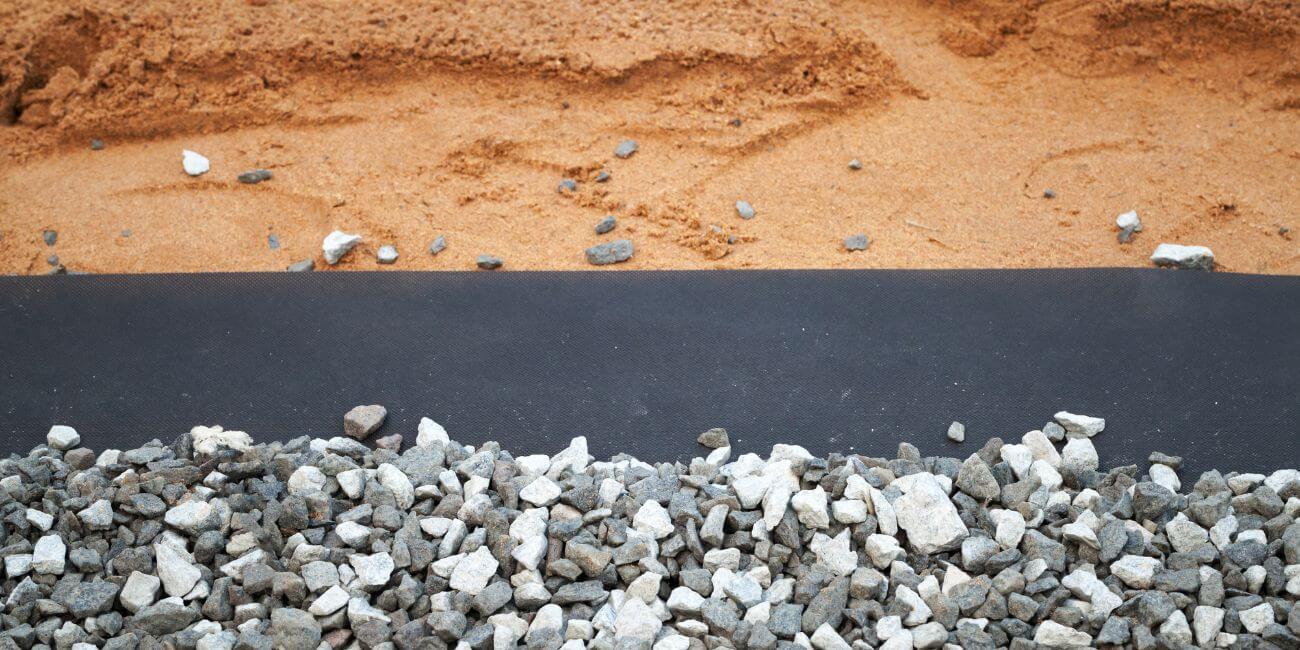What is drainage geotextile? If you are asking yourself this question, you are not alone. Water control is a serious business in landscaping and construction. Too much water will destroy roads, erode slopes, or inundate projects. That is when geotextile saves the day. It is an intelligent textile that transfers water without losing soil. Here at Xinyu Geosynthetics, we are masters of solutions like this one. Our products keep projects around the world solid and dry. In this article, we will tell you what drainage geotextile is, how it works, and why it is revolutionary. We will outline its applications and advantages and provide tips on how to install it.
What is the Difference Between Compacted Clay Liners and Geosynthetic Clay Liners?
What is a difference between compacted clay liners and geosynthetic clay liners? Many of us are wondering. If you’re designing landfills, ponds, or construction projects in particular. Both keep waste and water from seeping into the ground. They’re not the same. Compactor clay liners are what has been used forever. Geosynthetic clay liners are now making waves. Why? They’re convenient and easy to use. In this article, we’re going to break it all down. We’re going to look at what they are and what is different about them. We’ll discuss what might work for you. Let’s get going!
Does Water Drain Through Geotextiles?
Does water pass through geotextiles? That’s a frequently asked question in drainage system design. Geotextiles are a unique type of fabric used in construction, landscaping, and others. Geotextiles control soil and water very efficiently. One common example is geotextile drainage fabric. It’s an extremely useful product for ensuring proper drainage system function. Here we’ll address the principal question. We’ll also examine how geotextile drainage fabric facilitates drainage. Then, we’ll examine its advantages, applications, and installation tips. Let’s start!
What are the Differences Between Landscape Fabric and Geotextile Fabric?
It’s all in the materials used to manage weeds and help erosion from occurring that makes the difference. Of course, the two are similar yet functionally different products for two general purposes: landscaping a garden bed free of weeds, or stabilizing large embankments. The time is taken to understand how such fabrics differ, where their functions can overlap, and how they should be installed.
Throughout this article, we’ll examine both materials in detail—taking inspiration from several leading discussions in landscaping and civil engineering. In particular, we’ll explore one important application: using Geotextile Fabric Under Gravel. This specific use case is essential for projects like driveways, walkways, and parking areas, where soil stability, drainage, and erosion control come together.





